Posted on Nov 04, 2018
Facebook Ads for Authors (with Mark Dawson)
Ricardo Fayet
Reedsy co-founder and Chief Marketing Officer, Ricardo Fayet has worked with hundreds of authors on their launches and marketing campaigns. He is the author of two bestselling guides on marketing for authors, and a regular presenter at the largest writers' conferences.
View profile →Most authors in the self-publishing game will know Mark Dawson’s name. As the author of the highly successful John Milton thrillers, Mark has become one of the most successful indie novelists working today — in large part thanks to his keen understanding of book marketing and Facebook Advertising in particular.
Based on an interview with Reedsy (that you can watch below), this post will show you how Mark has used Facebook ads as a tool to build his career as a novelist (as well as his mailing list) — and how you can do the same.
What is Facebook Advertising?
Facebook Advertising is the core business of the world’s most popular social network. Mark Zuckerberg doesn’t make any money when you post pictures of your cat. He does, however, make a fortune allowing advertisers to target audiences in a very focused way, thanks to the enormous amount of data they have on their users.
How can authors best use Facebook Ads?
At the most basic level, authors can use Facebook ads to find readers who have an interest in books similar to theirs. Finding and leveraging comparable authors has long been at the center of Mark’s strategy.
“My books are often compared in their genre to Lee Child, so one of the things that I do on Facebook is to serve ads just to people who know or like Lee Child — fans of his fan page, fans of the Jack Reacher fan page, and so on.
“You want to find a similar author in your genre like that who you can use to make sure that your ads are shown to people who are likely to like your books.”
One of the benefits of using Facebook ads is the ability to test audience sets. For as little as $5 a day, you can deliver your ads to different ‘sets’ of audiences so you can see whether your ad appeals more to readers of Robin Hobb or Terry Brooks; to followers of Tony Robbins, or Gary Vaynerchuk.
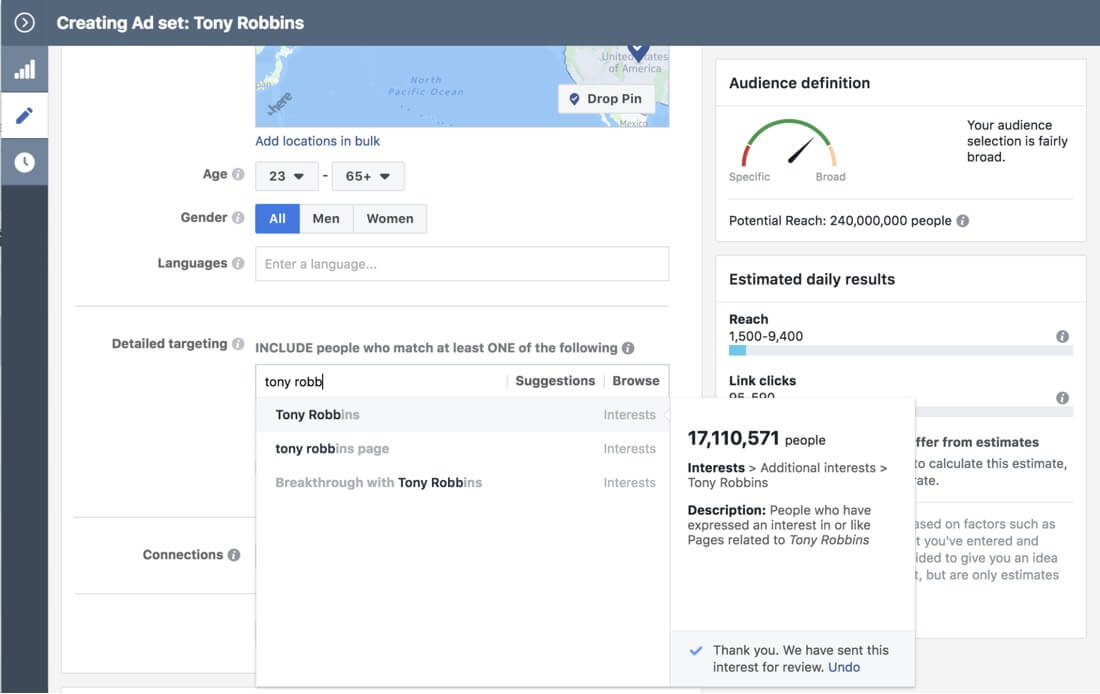
Of course, ultimately, you need to be publishing ads that will appeal to people who will want to read your book. If you don’t, you’ll end up with the situation where people click through on your ad, but never convert (meaning buy your book).
Tip: To learn more about refining your audience sets (and everything else to do with advertising your books on Facebook), check out the links to Mark’s and Reedsy’s courses at the bottom of this post.
So once you’re able to identify your audience on Facebook should you start selling them your book? Well, not so fast — let’s first talk about Mark’s primary goal when it comes to marketing.
Part 1: Growing Your Email List
A mailing list is the crown jewel in any author’s marketing machine. When you advertise, you have to pay someone to access their audience. But once you have your readers signed up to your mailing list, you own the ability to contact them — and can hit them up whenever you want.
With that in mind, you want to get those potential readers off Facebook, and into your mailing list, ASAP. To do that, you’re going to need what’s called a reader magnet.
What’s a reader magnet?
A reader magnet is something that you can offer people that will convince them to join your list to receive. By the time Mark Dawson started using Facebook ads in 2015, he had already written over half-a-dozen novels, on top of his novellas and shorts.
To this day, Mark still offers a ‘Starter Library’ to new sign-ups, comprised of a few of his popular John Milton books.
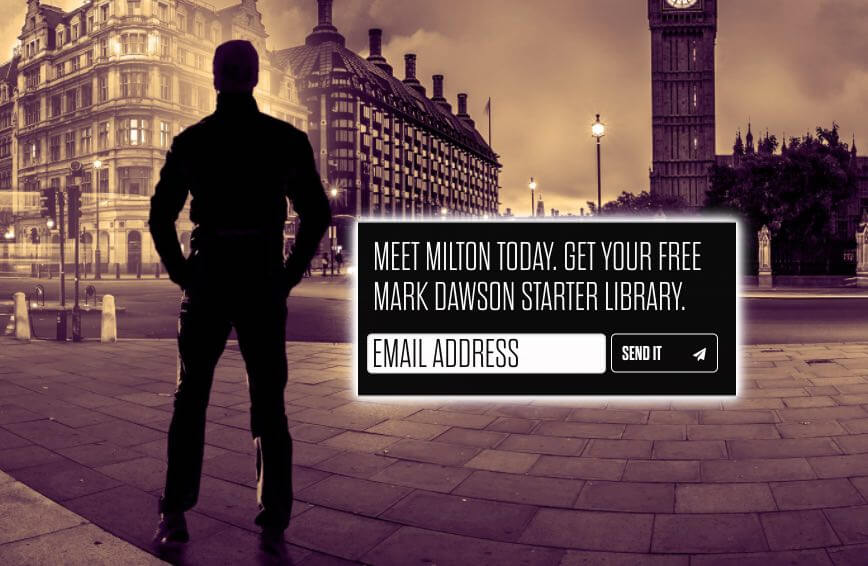
“Once they’re on the list, I have an automated sequence that gives them some free books and then starts offering them some paid ones. One thing I’ve worked very hard on is to turn those subscribers into readers, then into fans, then super-fans, and finally into friends. That’s the way I look at it.”
How do you use your reader magnet?
“Make sure that the call to action for that reader magnet is everywhere. You need to advertise the reader magnet on your product page because a subscriber is more important than a sale. So if a reader sees it on the page but doesn’t buy the book, don’t worry: once they’re on your list, you can offer them book 2, book 3, etc. You need to look at it as a long-term financial proposition rather than short-term financial gain.
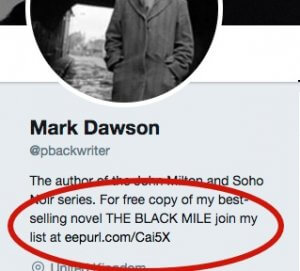 “So put it on the product page, on your Amazon author page, and on your social media profiles. Put in on your books — front and back: front so readers see it if they use the ‘look inside’ functionality on Amazon, back so readers who enjoy your book can subscribe to get more.”
“So put it on the product page, on your Amazon author page, and on your social media profiles. Put in on your books — front and back: front so readers see it if they use the ‘look inside’ functionality on Amazon, back so readers who enjoy your book can subscribe to get more.”
These are all easy wins that won’t cost you anything at all, so it’s worth making sure you have all of these calls to action set up.
“Provided all that is in place, I’d then suggest you look into Facebook ads.”
Building your mailing list with Facebook Ads
“I started using Facebook ads in January 2015, and within six weeks I was able to add over 3,000 subscribers to my mailing list,” Mark says. And he’s not alone: many of the authors he has worked with have enjoyed similar results by advertising their reader magnet.
“There’s a guy in America writing comic sci-fi, sort of like Terry Pratchett. He started with 27 subscribers on his mailing list (which had taken him two years to build): in 6 weeks he was able to get to 2,600. So it definitely works, and it doesn’t take a huge amount of money.”
So how much money should you spend on advertising your reader magnet?
“In terms of budget, you can start with whatever you want. On my mailing list ads, I was spending $50-$100 every day in January. I’ve now brought that down to $10 a day, and I’m adding around 30 new subscribers every day. So provided your targeting is precise enough, your copy is relevant, and your landing page is optimized to get more conversions (and none of this is difficult to do), you can see some amazing results with a very low budget.”
Tip: To create professional ads for your books to display on Facebook (as well as social media), check out Book Brush, a design tool made for authors.
Managing costs and return on investment
As with any business, it’s essential for self-publishing authors to stay in control of their costs. Facebook’s platform makes it easy to see how your ads are performing, based on cost-per-lead. In Mark’s example, he’s paying $10 a day and getting 30 new subscribers, which works out to 33 cents per lead.

Once he’s moved those acquired leads into his automation, Mark then tracks how well he’s able to convert those leads into purchases. He can then determine if he’s making a positive return on investment (ROI) on his ad spends.
“I’ve tested this in the automated sequence of emails that I mentioned earlier: after the free stuff, and after a certain amount of time, I’ll offer subscribers the opportunity to buy the follow-up book to one of the free ones that they’ve got. I can track which books they buy, the emails’ open rates and click rates.”
Also, at the end of that sequence, Mark sends out a survey with 10-15 questions that ask them:
- if they’ve bought anything,
- if they have, how many, and
- if they think they’ll buy anything else;
- what they think the books are worth,
- how did they find the automation sequence,
- etc.
“When you have that information, you can start to compile it and work out kind of a composite subscriber based on where they’re coming from, and then you can compare the cost of acquiring that subscriber with the revenue you suspect you might make from them going forward.
“Provided that the revenue is higher than your ad spend, this cost is an investment you should be happy to make.”
Are the Facebook leads the same as subscribers you acquire elsewhere?
“Subscribers you get through advertising aren’t going to be as effective as people who sign up after reading your book,” Mark says. “Those are the best subscribers you can get because they liked your book enough to sign up for more.
“The ‘worst’ subscribers you can get are the ones you gain through contests. Sometimes they’re not even readers: just people who like contests and free stuff. I wouldn’t tend to recommend those subscribers because they’ll then unsubscribe at a high rate.
“Subscribers coming from Facebook ads are not as cold as contest subscribers, but not as warm as people who come in after reading your stuff. They’re somewhere in between, probably closer to the 'warm' side because if your targeting is right, you know that they are fans of your genre, which is a good starting point.”
Don’t lump every subscriber into the same list
Bearing in mind that your subscribers are not all alike, Mark suggests ‘segmenting’ subscribers into separate lists, so that you can tailor your message and sell them the right titles.
“I’ve got a different email list for every book. I’ve got something like 20 different email lists in total. If someone subscribes after reading the first John Milton book, it’s incredibly useful for me to know that this is the book that they’ve read, because that enables me to market them the second book or cross-market them the other series that I know is similar to the John Milton one.
“You absolutely keep the Facebook guys out of the main list because they’re not going to react in the same way other subscribers (who’ve read your book) are going to react, they’re probably going to be more volatile.”
Free course: Author Mailing Lists
Acquire more readers, sell more books, and make more money with the only indispensable tool in the book marketer's arsenal. Get started now.
Once you have enough readers, things get easier
With a large enough mailing list of engaged and interested readers who have enjoyed at least one of your books, you can begin to expect a certain amount of sales for each new title you release.
“I’ve now got fans who I can rely on: when I say I’ve got a new book out, I know they’ll go and buy it. And if that happens in certain numbers, then Amazon starts marketing for you and everything becomes a virtuous circle at that point.”
By that, Mark’s referring to the idea that by selling more books, Amazon’s internal algorithm will better understand the sort of people who like your book. Compounded by the fact that it can also see that your book sells well, Amazon and the Kindle store will start giving it additional visibility and recommending it more often. So once you’ve hit a critical level of success, you’ll find it even easier to grow.
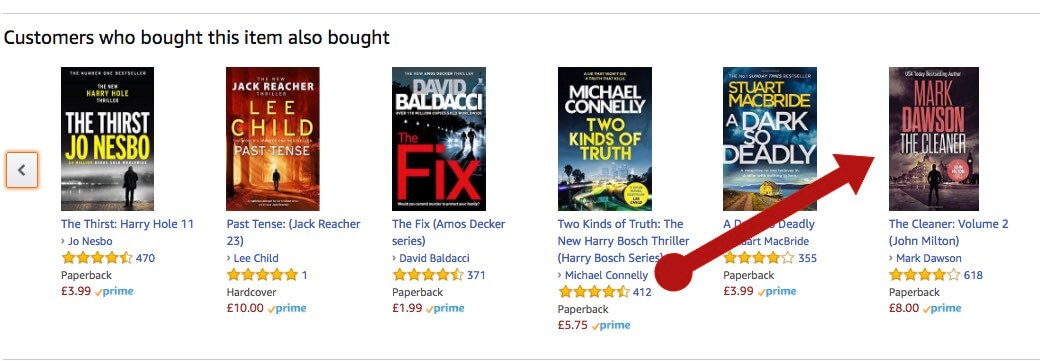
Now we’ve seen how Mark uses Facebook ads to power his mailing list. Let’s take a look at a more traditional use of advertising: telling people to buy your book now!
Part 2: Driving direct sales
The second kind of advert Mark uses will drive traffic from an advert directly to Amazon to sell a book or a box-set.
 “I can typically make most days a 100% return on investment (ROI). I’m spending around $300-$350 in Facebook ads every day, and I make around $600-$700 a day from it.”
“I can typically make most days a 100% return on investment (ROI). I’m spending around $300-$350 in Facebook ads every day, and I make around $600-$700 a day from it.”
Naturally, your ability to continually reach new readers this way is limited by the size of the audience your targeting.
“There are some authors in other genres — romance is particularly good for this, as it is for just about everything else — who are also encountering huge success with this. There’s one author in particular who was selling $200 worth of her box set every month, and [when she started advertising] last month sold $1500. Obviously, you’ve got to invest in the ads, but she is making a 500% ROI: pay $1 get $5.”
But beyond creating a simple ad that urges readers to buy your product, Mark uses a couple of ‘intermediate’ techniques for boosting direct sales with Facebook ads:
1. Generate a ‘lookalike’ audience
“For those who don’t know what one is, you can import your mailing list into Facebook and then tell them: ‘please, generate a lookalike audience based on this mailing list.’ Facebook will then try to assess what the people have in common in your mailing list, and algorithmically search for people matching the same interests, demographics, etc.
“The results of these ‘lookalike’ campaigns are sometimes better than the ones based on audiences with a shared interest. My best sales ad for one of the boxed sets I have on sale is a 2.2M list of people based in the United States defined as a ‘lookalike’ of my mailing list. I optimize the ads for clicks and typically generate a 50-100% ROI every day.”
2. Advertise to people on your mailing list
One thing that Facebook allows you to do is to import the email addresses from your mailing list and match these email addresses with Facebook accounts (provided that these people have one). You can then serve ads to these people as well.
“Some people might ask why I’m saying the same thing twice. ‘You’re already sending them an email asking them to buy the book.’
“Well, not all emails are opened (50% is already a very high open rate), and it’s a standard advertising theory that it takes more than one touch for someone to make a buying decision. So that kind of joined-up campaign is going to be more effective than just an email blast or just a Facebook campaign.
Some marketers reckon that ‘effective frequency’ — or number of times a customer has to see an advertising message for it to take hold — can be as high as 10 (or more). So instead of emailing subscribers ten times and getting dumped in the spam folder, you can ensure that your book rises to the top of their mind.”
These are some of the techniques Mark has used to become a publishing titan — but their execution requires a bit of finesse and self-education. You can join the waiting list for Mark Dawson’s Ads for Authors, a paid course that is the best on offer, in our opinion. Or as an alternative, check out Reedsy Learning’s Facebook Ads for Authors course — which is free. (Disclosure: if you end up registering for any of Mark's courses, Reedsy may receive a small affiliate payment.)

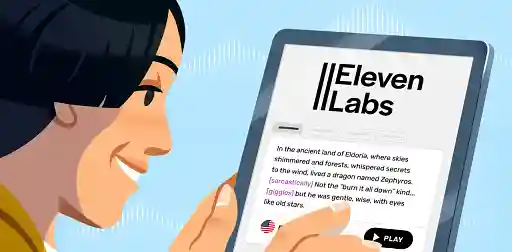


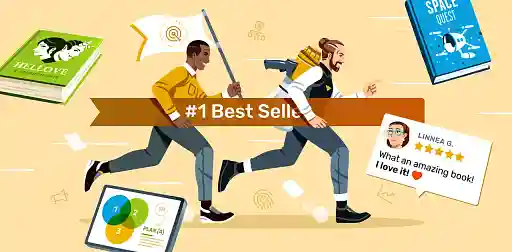


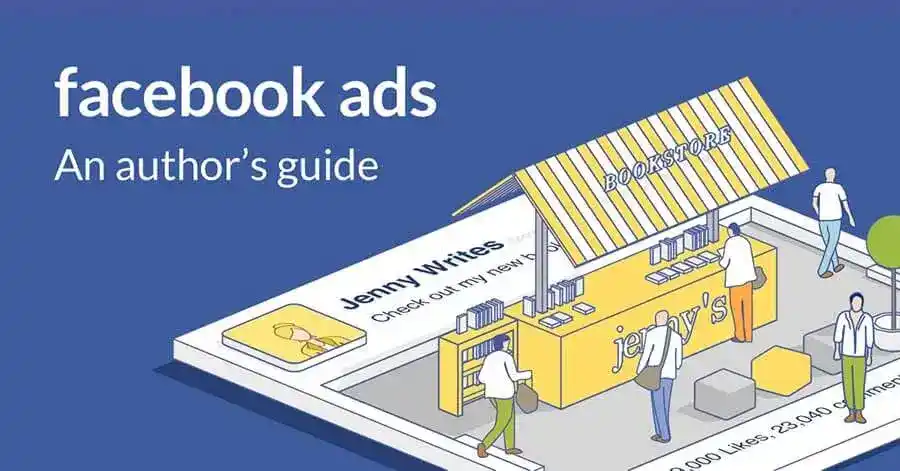

12 responses
Susanne Lakin says:
24/09/2016 – 00:41
Mark, I watched your free videos and plan to take your paid course. Though I'm thinking I have to prepare for maybe spending $1 a subscriber. that's $10,000 to spend to get 10,000 subscribers. If I get 2% to buy one of my books via my list, that's 200 people spending $5, or $1,000. So if an author only has a couple of books (I have 22 so not so worried), it seems like a huge loss. I mean, we're betting a lot of those subscribers will buy a lot of our books over time. I do give away a free Amazon marketing email course and a free mini video course. I get about 25-30 new subscribers a day without paying a penny. So I'd love your thoughts on this. While my list is at 5,000, I'm now going to really hump following your strategy (and Nick's) for pushing the other books I have after giving away two free ones. To me, it sounds more like the key strategy is in the email sequence and the verbiage to persuade readers to buy the books.
↪️ markdawson1973 replied:
24/09/2016 – 19:15
It's not that hard once they are on the list. You just need to engage them, and nurture relationships. There isn't a code for that - it's just being natural and open.
↪️ Susanne Lakin replied:
24/09/2016 – 19:44
Thanks for the quick response on a year-old post. Do you take on affiliates for your FB course (l'm sure you don't need them). I hope to enroll in Nov. for your course and will send a blast to my mailing list. My good friend is seeing great success from your strategies and courses.
↪️ markdawson1973 replied:
25/09/2016 – 18:44
Hi Susanne - we do, but only on a limited basis. Email me - deets over at selfpublishingformula.com - with list size, etc. We'll be opening in January. Happy to have you on board!
↪️ Susanne Lakin replied:
25/09/2016 – 20:19
Thanks! I'll look for a contact form over there.
Justin Case says:
01/02/2017 – 13:26
"My favourite story is a guy in America writing comic sci-fi (like Terry Pratchett)" - ouch, Mark Dawson: You don't mean Douglas Adams by any chance? ;-) #knowyourshit
Bidzina Savaneli says:
26/03/2017 – 16:45
How to Save the Planet from Environmental Disaster, Terrorism and Wars? INTER-MULTI-TRANS DISCIPLINARY STUDY Bidzina Savanelli, 2016, Creative Transformation of Synergy and Homeostasis of the Nature in the Peaceful Development of Humankind. Category: Physics, Human, Society. 341 pages. Main themes: the Universe really is elegant; timelessness of space and energy; the spiral motion of the synergistic pairs of energies in the timeless space; temporality of time and particles; pure energy constancy and inconstancy of matters; Black Holes keep the Nature in balance by reducing the entropy that maintains order of orders in the Universe through the absorption of excess energy; “We Are Taught to Join the Universal Order of Orders” - Shota Rustaveli (XII c.); mathematical basics of normative order; mankind and womankind; male's genetics, terrorism and bioethics; harmonization of natural and human sciences from the standpoint of “Quantum Cognition”; the synergy of ‘to be’ and ‘ought to be’ and their dialectical transformation; synergy of legal order and positive law and their dialectical transformation; applicability of synergy and homeostasis of the nature to the human society and statehood; rule of human rights law instead of rule of law; daylight energy more effective than the solar energy; five ways to preven environmental disorders. Who wants to buy the book can access to me: gurji.savaneli23@gmail.com The price of one copy $23.00. © Dr. Ph.D. Bidzina Savaneli ISBN 978-88-909163-9-7 ISBN 978-1-63484-209-9 Some Reviews in brief: 1. On the Monograph of Dr. PhD. Professor Bidzina Savaneli: The Parameters of Transformation of Space and Time in Human Being in the Light of the Theory of Synergetic. “… I am grateful to the author that he has opened me – as the author of the monograph "The concept of the dynamic structure of the atom in the space of potential areas” – a space of common and depth extension of the laws of nature not only in microcosm, but in the life of Humankind. Professor Bidzina V. Savaneli pointed us the way not in a linear arrangement of the world, assuming its single axis having a center, but on sacred geometry, which serve as the center of the linear configuration of forces forming centers outside these linear formations. Dr., Prof. Rahimyn S. Galiev. Grand Ph.D. IAIT (International Academy for Information Technologies), Senior researcher, "Mait". Main Scientific Area – Physics: Cosmology, Quantum Mechanics, Atomic Physics, The structure and Geometry of Space. atom-gal@yandex.by”. 2. On the scientific work of Dr. Bidzina V. Savaneli: “Transformation Parameters of Space and Time in the Human Science from the Viewpoint of Second Law of Thermodynamics”. “… We highly appreciate the scientific work presented by Dr. Bidzina Savaneli. It seems to be the top point of an iceberg which alludes to the great creative work conducted by the researcher to rethink the philosophical problems of modern physics in the context of humanitarian sciences. Mamuka Dolidze, Doctor of philosophy, Professor of Tbilisi State University, Department of humanitarian sciences, Institute of philosophy.” 3. “Bidzina Savaneli is recognized as an authority of the Philosophy and founder of International Human Rights Education in Georgia. He was published the first Manual in the History of Georgia: Universal Human Rights Law.” Update, New York Academy of Sciences Magazine, March, 2003, p. 14. 4. “Universal Impact Factor. Mediterranean Journal of Social Sciences. 2030-2117. Bidzina Savanelli. Universal Impact Factor 0.28210 for Year 2013. We Congratulate Your Extraordinary Achievement. Review Team. Universal Impact Factor”.
Michael Doane says:
08/05/2019 – 12:31
GREAT strategy. AMAZING interview. Thanks so much for sharing!
↪️ Ricardo Fayet replied:
08/05/2019 – 12:31
Glad you liked it, Michael! We're going to do a few other posts on Facebook advertising. So if you try this out and want to bounce ideas off us and/or let us know about your results, do drop us a line!
↪️ Michael Doane replied:
08/05/2019 – 12:32
Will do. Thanks Ricardo!
marieseltenrych says:
08/05/2019 – 12:31
Mark, congratulations and thank you for so many hints for those less tech than you. I agree totally with everything you say, especially jumping links, which is very annoying and hated by all. We all need to drive sales and get more interested persons onside.
↪️ Ricardo Fayet replied:
08/05/2019 – 12:32
Agreed! Part 2 will actually focus on sales and on ads that direct to Amazon directly (rather than to your email list). It's pretty fascinating. Watch this space tomorrow :)